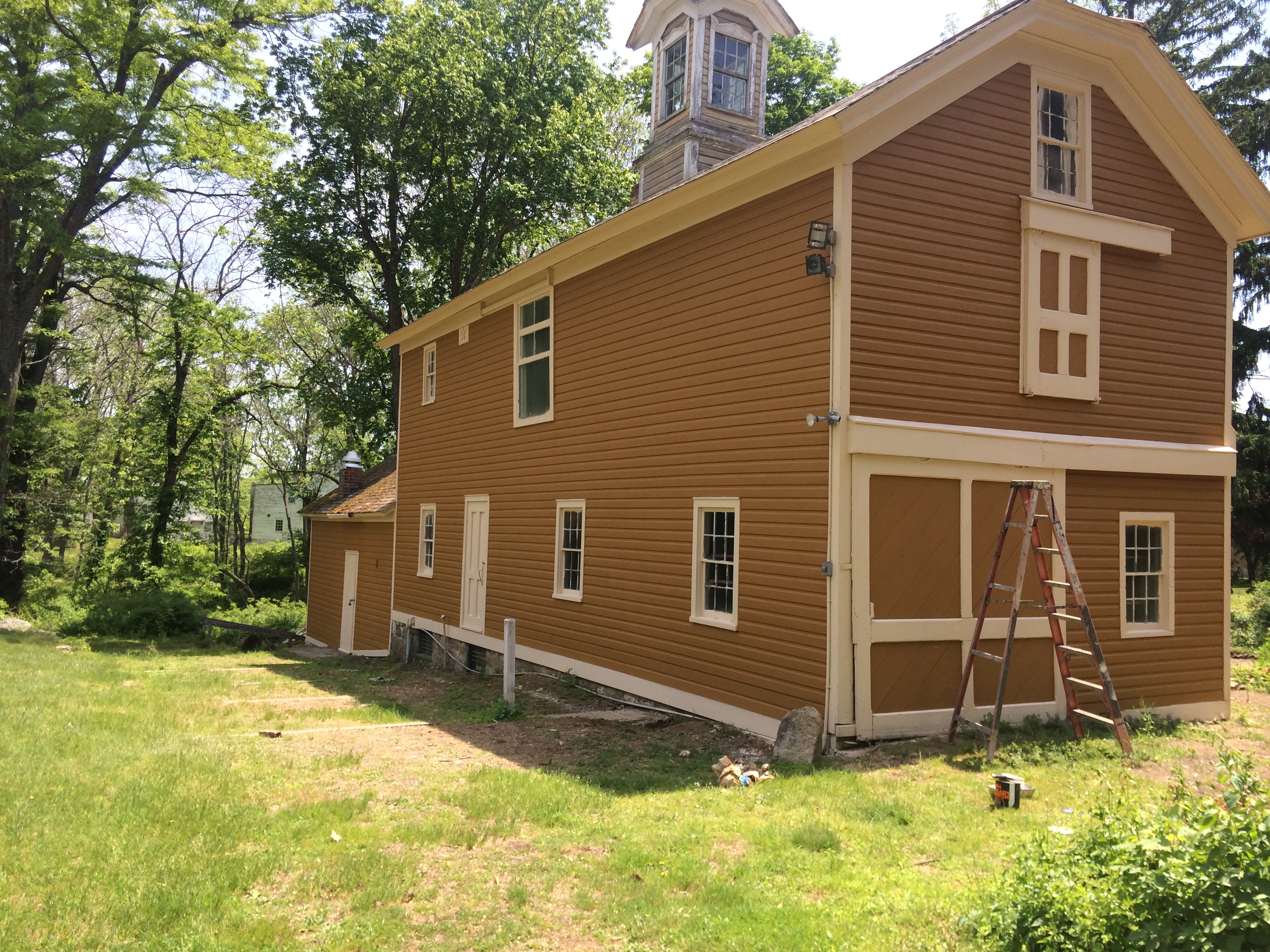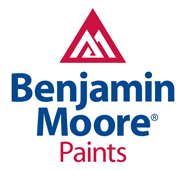Achieving a Flawless Finish That Lasts
A pristine coat of paint can transform any surface, from a commercial building’s facade to industrial machinery. But the secret to a long-lasting, high-quality finish isn’t just in the final coat; it’s in the meticulous preparation that comes before. For steel, iron, and other tough surfaces, the combination of professional sandblasting and painting offers an unparalleled solution. This powerful process removes contaminants and creates the perfect canvas for coatings to adhere to, ensuring maximum protection and aesthetic appeal for years to come. In New Jersey, where properties face everything from humid summers to harsh winters, starting your painting project with the right foundation is not just an option—it’s a necessity.
Whether you’re looking to revitalize an industrial facility, protect structural steel, or restore a historic property, understanding the synergy between sandblasting and painting is key. It’s about more than just cleaning a surface; it’s a technical process that guarantees durability against corrosion, wear, and the elements.
What Exactly is Sandblasting?
Often referred to as abrasive blasting, sandblasting is a highly effective surface preparation technique. It involves propelling a stream of abrasive material at high velocity against a surface to achieve several key objectives:
- Cleaning: It strips away old paint, rust, scale, and other surface contaminants that can compromise the integrity of a new coating.
- Smoothing: It can smooth a rough surface or, conversely, roughen a smooth surface to create an ideal texture.
- Profiling: Most importantly for painting, sandblasting creates a surface “profile” or “anchor pattern.” This series of microscopic peaks and valleys on the substrate gives the new paint or coating a textured surface to grip, leading to superior adhesion.
At Spectra Painting, we utilize mobile sandblasting services to prepare steel and other materials, ensuring that all foreign matter is removed and the surface is perfectly profiled for optimal paint adhesion. This foundational step is critical for both our commercial painting contractors and our residential projects.
The Unbeatable Benefits of Combining Sandblasting and Painting
Investing in professional sandblasting before painting isn’t just an extra step; it’s a strategic decision that delivers significant long-term value. Here are the primary advantages:
1. Superior Adhesion and Longevity
As mentioned, the anchor profile created by sandblasting is the single most important factor for coating adhesion. Without it, even the most expensive, high-performance paint can peel, chip, or fail prematurely. By creating a properly prepared surface, you ensure the coating bonds securely, extending its lifespan dramatically and reducing the need for frequent repaints.
2. Enhanced Corrosion Protection
For metal surfaces, rust is a relentless enemy. Sandblasting completely removes existing corrosion and any underlying moisture or contaminants that could cause future rust to form. When followed immediately by a high-quality industrial coating, this process creates a formidable barrier against moisture and oxygen, effectively stopping corrosion in its tracks.
3. A Smoother, More Professional Finish
Painting over uneven surfaces with bumps from old paint, mill scale, or rust will result in a flawed, unprofessional finish. Sandblasting provides a clean, uniform substrate, which allows the new paint to be applied evenly. The result is a smooth, visually appealing finish that looks truly professional, whether on industrial equipment or an exterior repaint service for your home.
4. Efficiency and Cost-Effectiveness
While it represents an upfront investment, professional sandblasting is highly efficient, especially for large-scale projects. It prepares vast surface areas far more quickly and effectively than manual methods like scraping or wire brushing. This speed can reduce labor costs and project downtime. The long-term durability it provides means fewer costly repairs and repaints down the line, delivering an excellent return on investment.
Applications: Where is Sandblasting and Painting Most Effective?
This powerful combination is versatile and is the preferred method for numerous applications across various sectors in New Jersey:
- Industrial Facilities: Structural steel, tanks, pipelines, machinery, and equipment.
- Commercial Properties: Metal railings, staircases, fences, building exteriors, and structural components.
- Historic Restoration: Carefully restoring cast iron, steel fixtures, and other metalwork is a delicate process where controlled abrasive blasting is essential. Our experience in historic restoration painting often relies on this preparatory step.
- Specialty Projects: For items requiring a factory-new finish, such as lockers, file cabinets, or machinery, combining sandblasting with electrostatic painting services provides a durable and flawless result with minimal overspray.
Choosing the Right Sandblasting and Painting Contractor in New Jersey
When it comes to abrasive blasting, experience and safety are paramount. The process requires technical skill, proper equipment, and a deep understanding of different abrasive media and surface types. An inexperienced operator can damage the substrate or create an improper profile, negating the benefits.
Here in Tinton Falls and across New Jersey, Spectra Painting has been a trusted professional painting contractor since 1989. Our teams are highly trained in sandblasting protocols and safety measures. We understand the specific environmental challenges our state presents and select the appropriate blasting media and coating systems to withstand them. We handle every aspect of the job, from containment and preparation to the final application, ensuring a safe, clean, and efficient process that protects your property and delivers lasting results.
Ready to Protect Your Investment with a Flawless Finish?
Don’t let rust, corrosion, or peeling paint devalue your property. Trust the experts at Spectra Painting for professional sandblasting and painting services in New Jersey. Let’s discuss your project today.
Frequently Asked Questions (FAQ)
Is sandblasting safe for all surfaces?
While highly effective, sandblasting is an aggressive technique best suited for hard substrates like steel, iron, concrete, and some types of masonry. It is generally not recommended for softer materials like wood, plastic, or fiberglass, as it can cause damage. An expert contractor will assess the surface and choose the appropriate pressure and abrasive media, or recommend an alternative preparation method if necessary.
What kind of abrasive materials are used?
The term “sandblasting” is a bit of a misnomer, as silica sand is now rarely used due to health concerns. Modern abrasive blasting uses a variety of media depending on the job, including crushed glass, steel grit, aluminum oxide, garnet, and even biodegradable materials like walnut shells or corn cobs for more delicate tasks.
How long does the sandblasting and painting process take?
The project timeline depends on the size and complexity of the area, the condition of the existing surface, and environmental factors like weather. However, mobile sandblasting is a very efficient process. A professional team will provide a clear timeline after assessing the project scope. The painting must be done shortly after blasting to prevent flash rust from forming on the newly exposed metal.
Is the process messy?
Abrasive blasting does create dust and debris. However, a professional contractor like Spectra Painting uses containment systems (such as tarps and enclosures) and dust collection equipment to control the mess, protect surrounding areas, and ensure compliance with environmental regulations. Our goal is to leave the worksite as clean as we found it.






